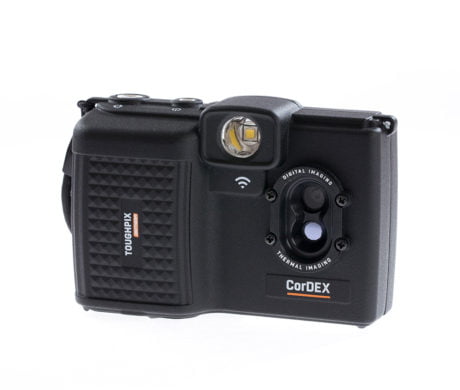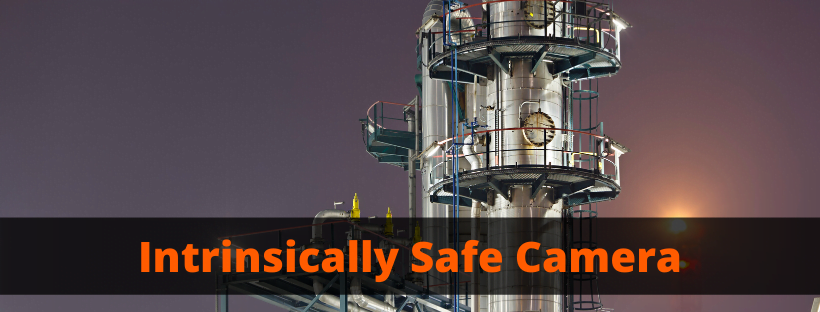
Intrinsically Safe (IS) Cameras have been around for quite some time. And, if you work in a Hazardous or explosive environment, you might want to consider using an Intrinsically safe Camera. A camera’s primary function is to capture images for photography, digital imaging, or photo printing. Also, cameras can capture moving images for videography or cinematography. Regardless of the industry, captured media allows users to enhance security, productivity, and communicative efficiency.
Intrinsically Safe Cameras feature designs engineered for Hazardous Area environments. Additionally, digital cameras in explosive areas will contain marks of certifications such as ATEX Zone 1, ATEX Zone 2, Class 1 Division 1, Class 1 Division 2, IECEx, and more.
A camera is Intrinsically safe if it passes rigorous testing and certification standards. Potentially Explosive Atmospheres exist where there is a risk of explosion due to mixtures of gas/air, vapor/air, dust/air, or other flammable combinations. In hazardous areas, it’s necessary to eliminate sources of sparks, hot surfaces, or static electricity that may ignite the environment. Thus, electrical equipment designed for hazardous areas must have a design and construction that prevents ignition.
Before electrical equipment is deemed appropriate in a potentially explosive atmosphere, a representative sample is tested and certified by an independent authority such as BASEEFA in the U.K. or UL in the U.S.A.
The Certification Process
All electrical equipment intended for use in a potentially explosive atmosphere should be certified as suitable for such use. Methods of obtaining protection certification differ in detail between each certifying directive or group of directives. The certification process involves supplying samples of equipment along with relevant documents like a blueprint to credible certifiers. Then, these directive certifiers test the equipment against a recognized Standard–for example, EN50018–and issue a Certificate. Users of the equipment can then refer to this certificate to enable them to safely put the item into service in a zone appropriate to the Certification.
European Practice
After the 1st July 2003, the ATEX Directive came into force throughout the EEC. Furthermore, ATEX certification became a mandatory requirement for all equipment intended for use in a hazardous area. Contrary to other protection standards, ATEX addresses the safety requirements for hazard equipment and uses a set of standards as the methodology of conforming. Additionally, certifying authorities require technical manuals that inform the user of installation methods and more.
What should you look for in an IS Camera:
Below is a list of some of the many specifications you can seek. In particular, these are specs that will improve workplace safety, productivity, and efficiency at the worksite.
- Full 1080p HD Cameras (From single to Quad HD Camera lenses)
- Fast zoom and auto focus
- Large battery capacity
- Powerful LED light
- Waterproof, IP68
- Impact proof, drop proof, dust proof, corrosion proof and water proof and ability to withstand extreme temperatures.
- Sunlight readable display
- Wi-Fi & Bluetooth
- Lightweight
- Large storage or secondary storage capable via SD Card


